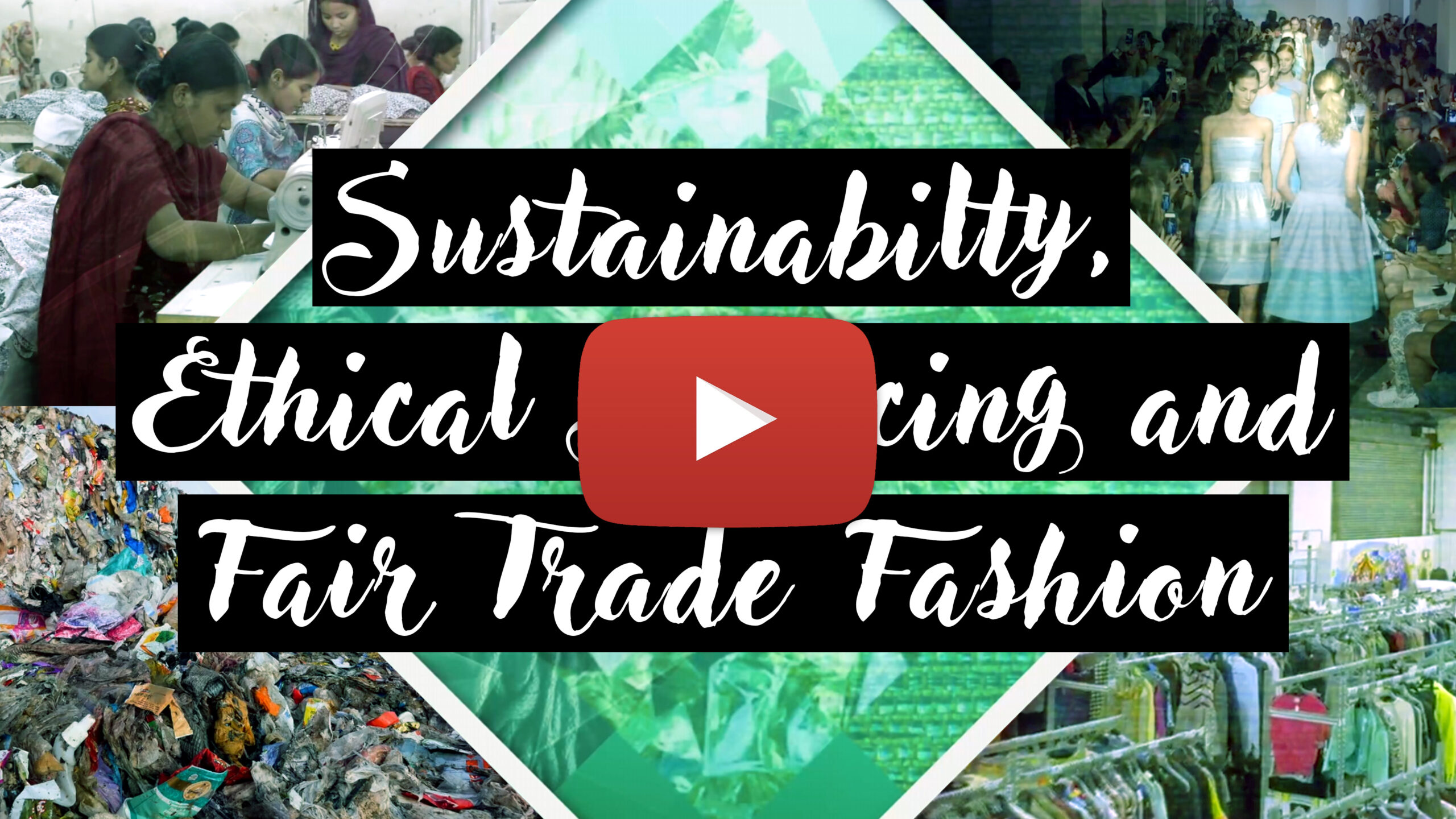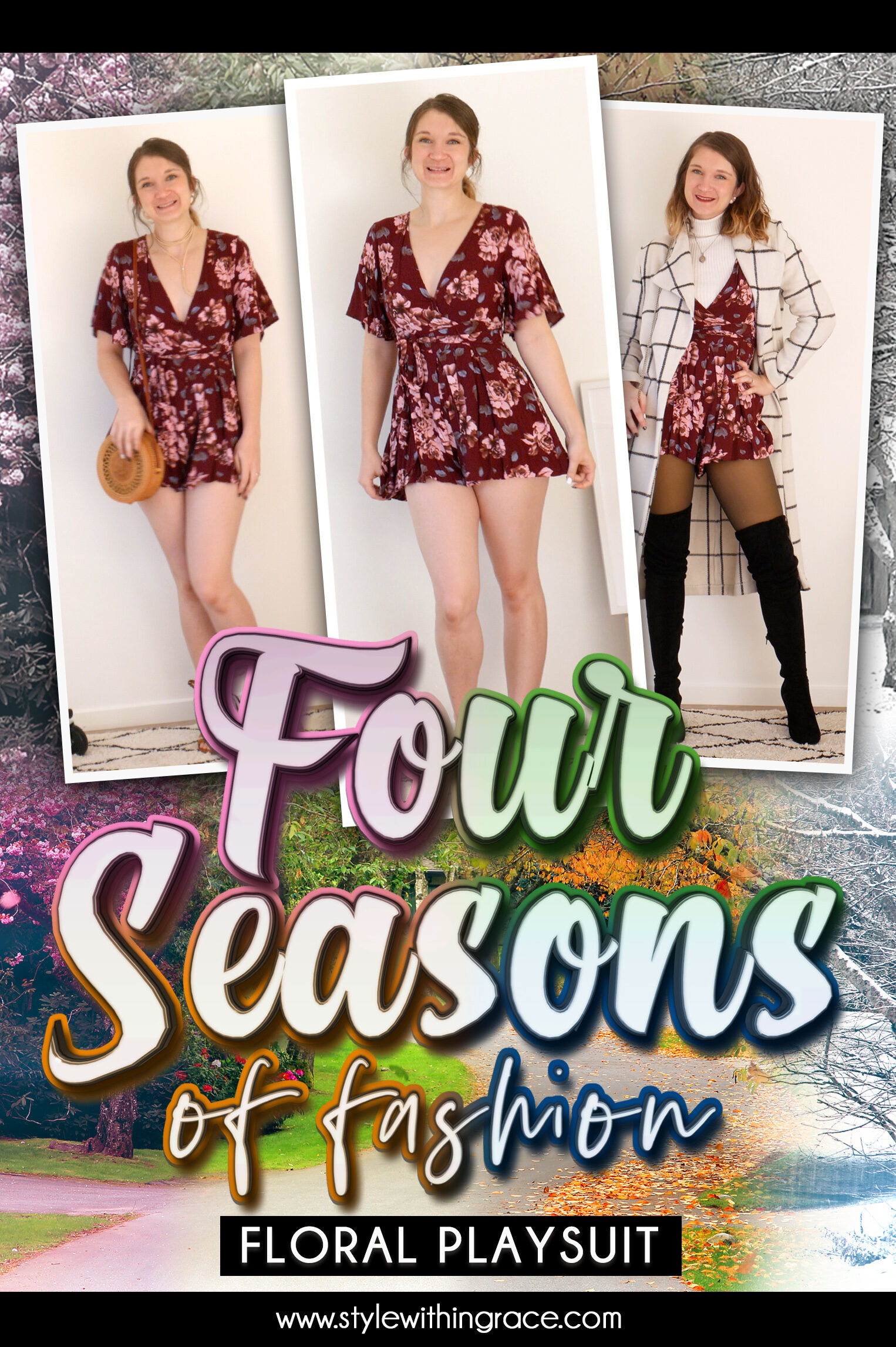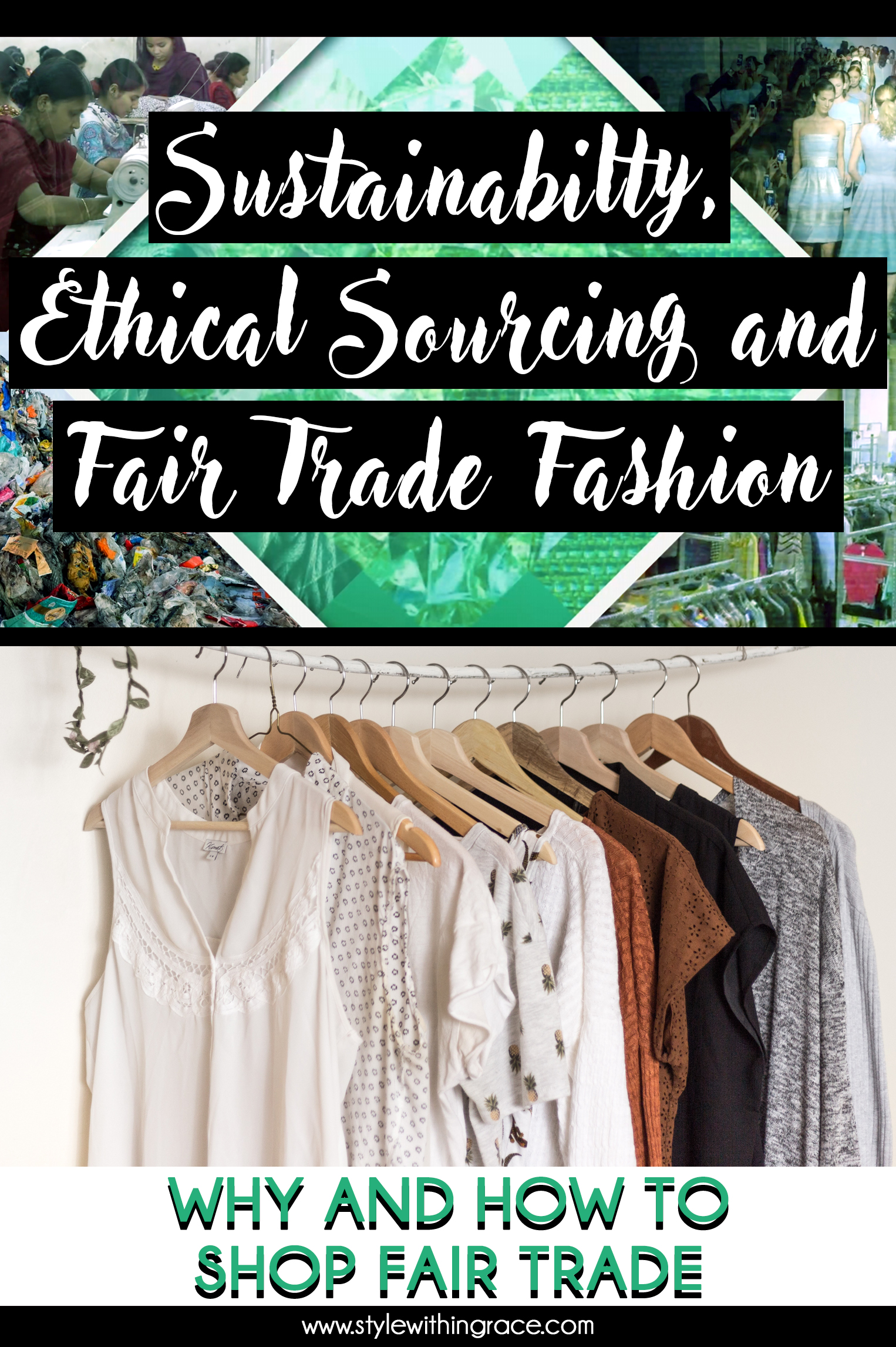
Today I’m going to delve into the world of sustainable and ethical fashion! Sustainability, ethical sourcing and fair trade are issues that are largely overlooked but cannot remain so. Think about it: clothing is SO much cheaper than it was 20 years ago. Which means something is terribly wrong. Prices should be going up due to inflation, not down. What I’m covering today is just a snippet of the information that’s out there. Be warned what follows is shocking and full of facts and figures. It’s a lot to get your head around and it can be a bit depressing! I encourage you to do your own research further into the topic. Make up your own mind about everything.
The Facts
The True Cost documentary is a great place to start as it addresses a lot of these issues. One of the main things that stood out from it for me are that there are two types of products. First is the things we use, like cars and washing machines. We use them again and again. Then there’s the things we use up, the perishables, like chewing gum and toilet paper. Consumerism is getting us to treat the things we use as the things we use up.
According to SBS News, clothes nowadays are manufactured for just six wears. How crazy is that! The fashion industry is becoming increasingly disposable for Australians. Almost a quarter of people admit to throwing out clothes after just one wear. And 4 out of 10 people surveyed by YouGov said they had put unwanted fashion items in the bin, rather than trying to repair or recycle them.
It’s such a waste because over 95% of textiles in landfill are reusable. So there’s really no need for it to be there. And unfortunately, even when the clothing is donated instead of thrown out, much still ends up in landfill. Op shops are overwhelmed with donation. If there is any mark or problem with it, it just goes straight into their landfill pile. 25% of what charities receive ends up in landfill.
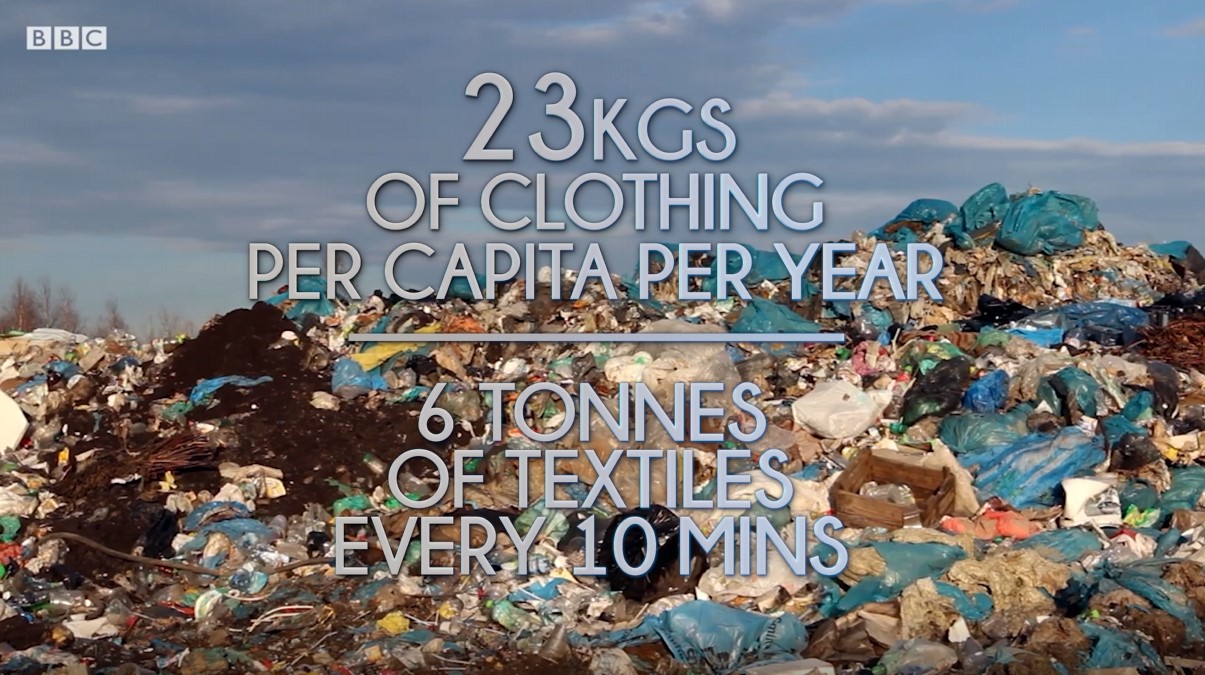
Australians discard 23kgs of clothing per capita every year. This results in six tonnes of textiles and clothing contributed to landfills in Australia every 10 minutes. So, the number of textiles Australians consume annually is double the global average of 13kg a person. Australia is the second-largest consumer of new textiles after the US.
Globally, the fashion industry is the second largest polluting industry after the oil and gas industry and contributes 1.2 billion tonnes of carbon toward greenhouse gas emissions every year. There is more than 500,000 tonnes of textiles and leather sent to landfill in Australia alone. Globally, we now consume about 80 billion new pieces of clothing every year—400% more than we were consuming just two decades ago.
But clothing waste isn’t the only problem. The countries where most of our clothes are made in, are Bangladesh, India, China, Vietnam, Ethiopia, Indonesia, Sri Lanka and the Philippines. Asia supplies more than 90% of the garments imported into Australia. Only 3% of our clothing is actually manufactured in Australia.
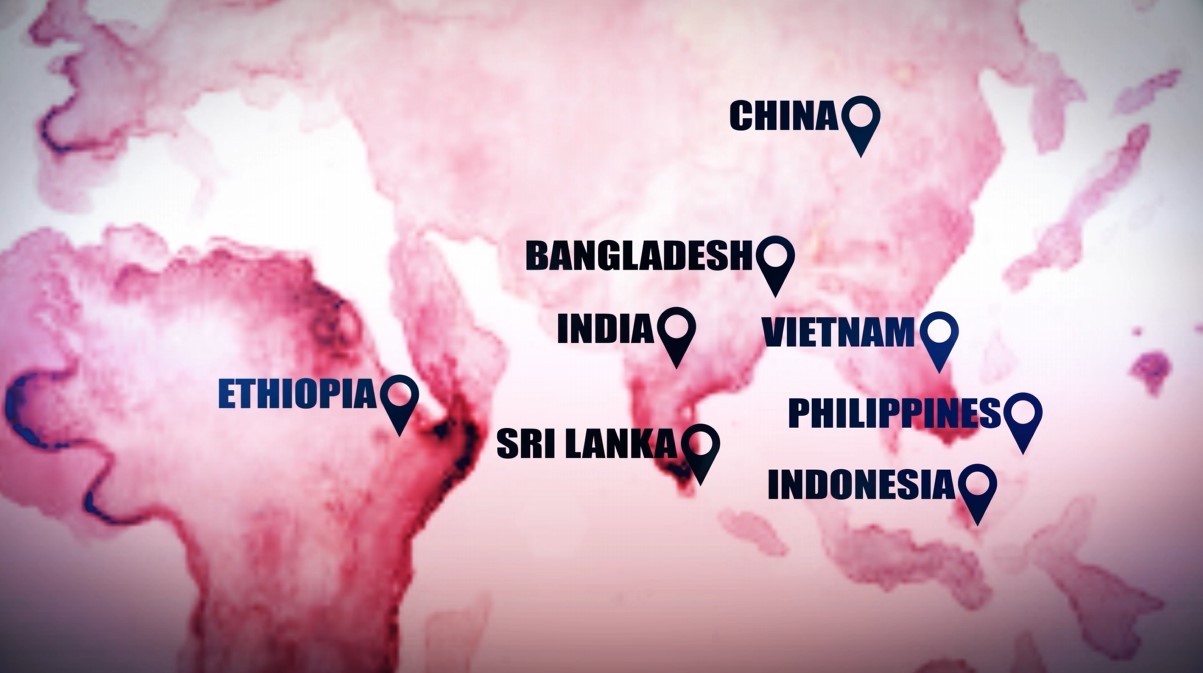
More than 60 million people work in the garment industry to fuel fast fashion. More than 15 million of those are based in Asia and more than 80% are women, often young and from poor rural backgrounds. And the conditions these people work in are terrible and dangerous. Thousands die in clothing factory accidents. The clothes in our closet are made by workers who get paid as little as 40p an hour and the conditions of these factories are considered slave labour.
A big reason why they make clothes in poorer countries is because owners don’t have to worry about human-rights issues. They can treat the workers the way they want. Of all the money spent on these new clothes we are constantly buying, just 4% goes to the garment workers.
So after all those depressing statistics I hope you’re still with me because despite these shocking facts and figures, the outlook isn’t entirely grim. More and more fashion brands are obtaining ethical accreditation from Ethical Clothing Australia (ECA). And, importantly, there are plenty of steps you can take as a conscious consumer to prevent the spread of fast fashion.
The Tips
Consider Your Purchases
Focus less on trends and instead learn what styles suit you. Think about colours, patterns, cuts, shapes and fabrics. We need to consider whether we should snap up yet another so-called bargain. It’s the impulse shopping that leads to an increase in dumping, more so than considered purchases. So slow down and think about things properly so they don’t end up in the bin.
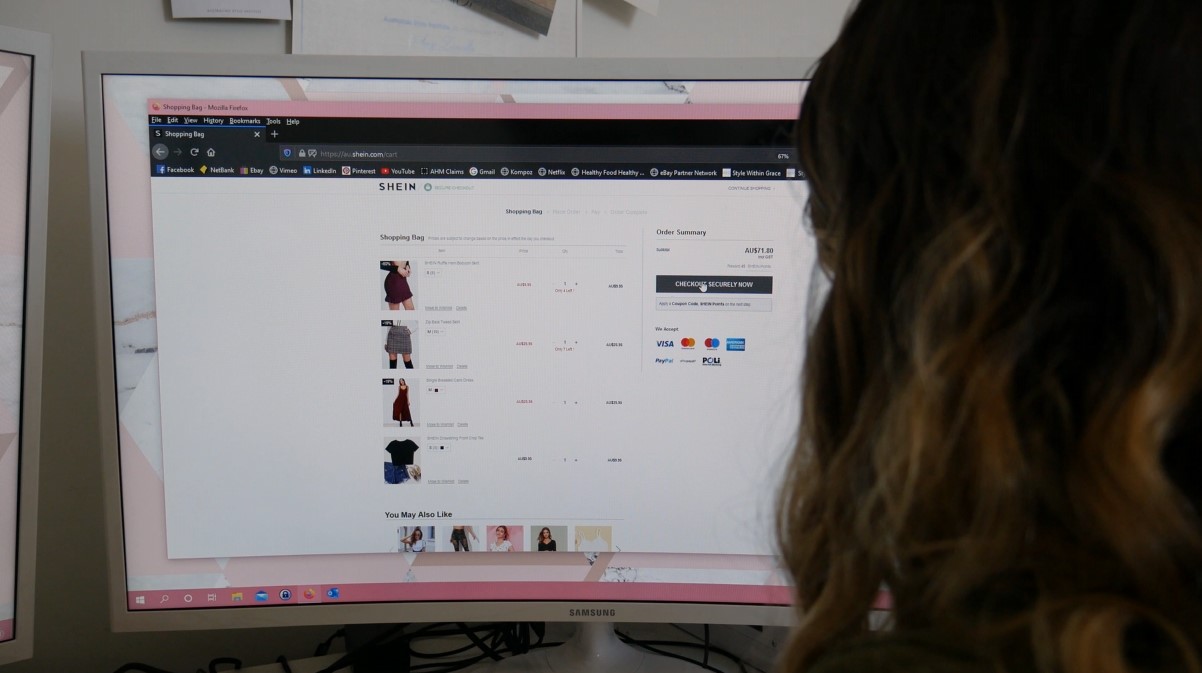
Decide once and for all that you are only going to buy things you actually like, not just what’s cheapest or fastest, or even most ethical. We are worth the investment. Our clothing should make us happy and properly communicate who we are with the world around us. When we start buying things we actually enjoy, we stop buying as much. It eliminates the need for repeat purchases. Sometimes it requires spending more up front, but you wind up saving money in the long run.
Set a Clothing Budget
Having a clothing budget basically forces you to consider your purchases more thoroughly. If you only have X amount of money for the month, you are more likely to say “no” to purchases you don’t really need. This weeds out impulse shopping. It also places or at least helps you to think of your clothing with more value.
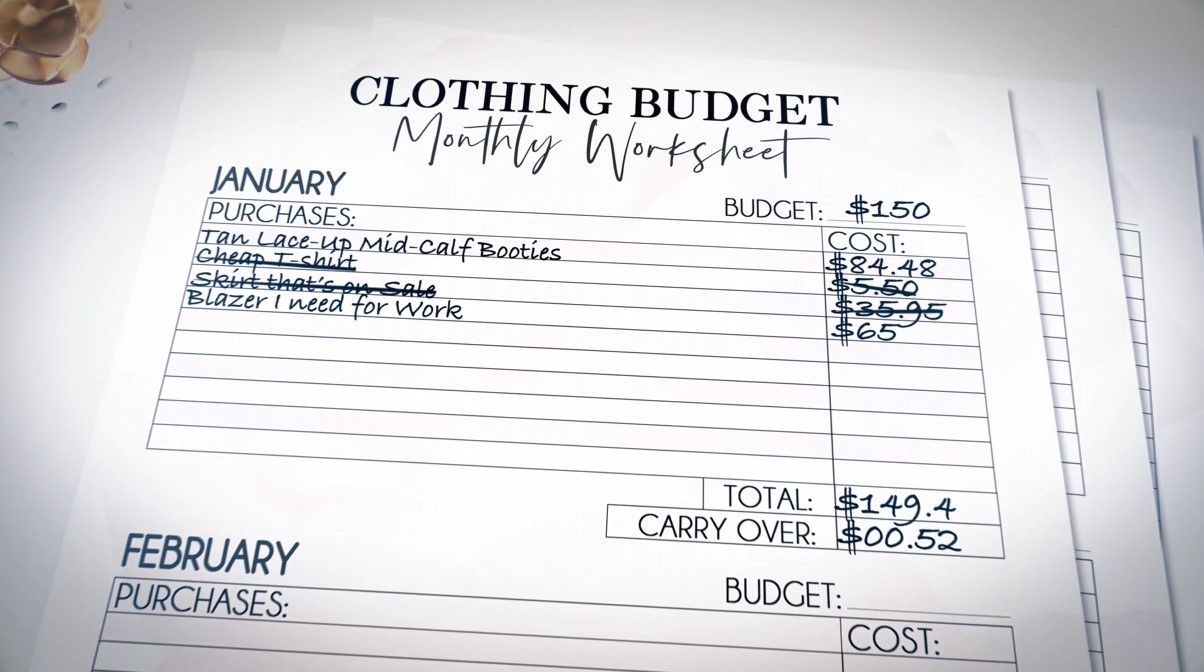
If you have to save up to buy a piece of clothing for a few months than it becomes more precious to you because you have to kind of work for it if that makes sense. And if your clothing pieces have more value in your eyes you are less likely to just throw them out and much more likely to make the effort to get that value out of them by re-wearing them a ton.
Re-Wear your clothing
Re-wearing what you already own versus buying new is another excellent way to break out of the irresponsible fashion mindset! You don’t need to wear something new every day! Learn to mix and match what you already have in new and different ways. It can still feel like you’re wearing something new but really, it’s just a new combination!
And if you find an outfit that you love and feel absolutely killer in, then wear it again for goodness sakes! Chances are no one’s going to remember you wore it before and if they do, they won’t care! If you find something that works for you why wouldn’t you keep wearing it!
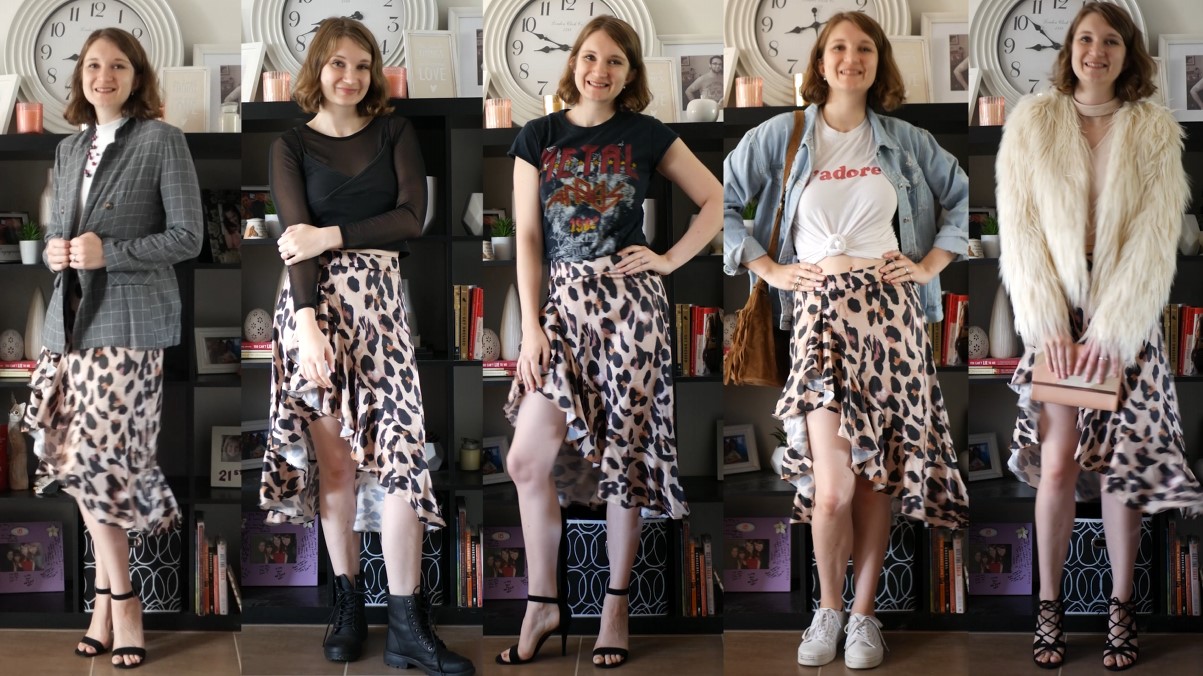
I’ve heard that you need to wear an item 30 times in order to make up for the environmental cost that it took to make that item. That’s an excellent number to strive towards but don’t stop there! Each time you wear that item after 30, you are reducing clothing industry pollution!
Repair Your Clothing
Once your piece of clothing gets to up to the 30-wear mark it might start to fall apart a little. But that doesn’t necessarily mean you have to throw it away! If it no longer fits, can you take it in? If the seam has ripped, just sew it back up again. Can you add a patch over it, if it has a hole and keep it wearable?
Refashion Your Clothing
Refashioning clothing has become increasingly popular of late and is another great way to reduce clothing waste. Even if you don’t know how to sew, there are refashioning projects out there for you. The possibilities are endless.
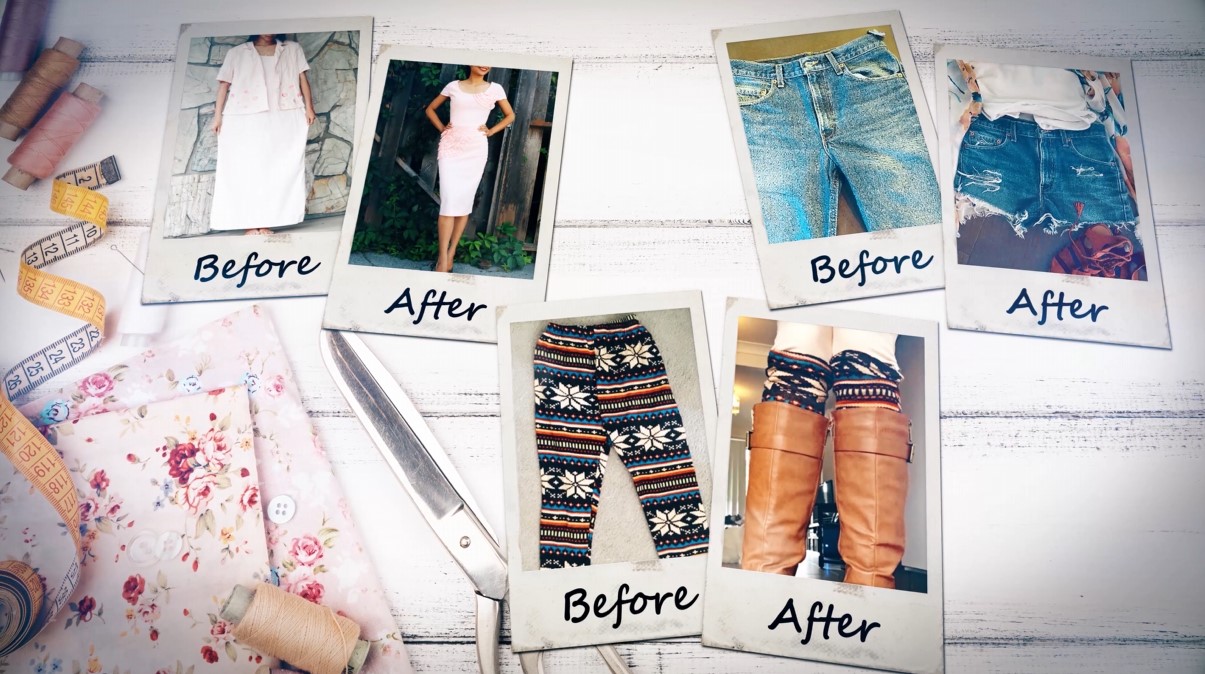
Some of my favourite transformations include dresses into skirts or two-piece sets, leggings into leg-warmers and jeans into shorts. Simple alterations like removing sleeves, shortening hems or even taking in items to fit better make a massive difference to a piece of clothing. There are even ways to use refashioning to get around a clothing defect!
Shop Thrift Stores
Thrift shopping is also a great way you as a consumer can combat the fast fashion problem. You can find some really unique one of a kind pieces that are still in excellent condition! Some pieces even still have their original tags on them. The main thing to look for is quality of material. Missing buttons and tears can be fixed. There are even things you can do to hide stains.
The Sorry Girls covered up a stain on a leather jacket with a fun star. If there is a bleach mark on the clothing than just continue the pattern with more bleach to make it look on purpose! If the style of the clothing isn’t something you’d normally wear, you might be able to refashion it into something that does fit your personal style.
Shop Ethical Brands
When you are shopping for new clothes it helps to be mindful of which stores and brands you are buying from. Ethical Clothing Australia (which I mentioned above) has a lists of ECA accredited stores for many different categories.

There are also apps out there that you can download to your phone, so you’ll have easy access to the lists of stores when you are out shopping. End Poverty is the app version of the ethical fashion guide. It gives each store a report card rating based on the strength of their systems to reduce the risks of slavery, child labour, exploitation and environmental degradation in their supply chains.
Higher grades are given to companies with labour rights management systems that if implemented well should reduce the extent of worker exploitation. Good On You is another free app that is a world-leading source of trusted brand ratings, articles and guides on ethical and sustainable fashion.
The Middle Ground
I’m no saint when it comes to these issues so I’m not judging anyone out there. If you are familiar with my blog, you’ll know that I am quite the fan of shopping on Shein, which is not really the greatest brand in terms of its labour and environmental policies. Even knowing what I do about the fashion industry, it can be easy to get pulled in by the cute clothes, the sales, discounts and other attractive gimmicks.
From an ethical standpoint, I would love to buy all fair trade, all the time. But aesthetically more often than not, it’s not what I’m looking for and it’s not in my budget. And me giving in and buying it out of obligation is just making the clothing industry problems worse. I watched Molly Burke do a review of sustainable brands on her channel awhile back and she had a similar opinion.
Now I don’t want this to be a put down of all these brands though, because they are doing really great work and I do want to support them for that! But I think like me, many who consume fast fashion are not ready to forgo cheap t-shirts and switch to a certified fair-trade fashion lifestyle altogether, just based on feelings. And I find when you judge people, you only push them farther away.
So, I’m running with a different approach because I do think aesthetics matter. I do think that my feeling confident and happy in what I wear is not just a worthy cause, but it’s the main reason we bother with fashion at all. I’m definitely not going to stay in the unhealthy fast fashion space running rampant at the moment but I’m not going full fair trade either. I’ll just supplement what I can get ethically and that I actually like, with the more unique pieces that I find through other brands or even through thrift shopping.
This is not to say that every ethical clothing brand is unfashionable or boring. But to me at least, the choices tend to be far less exciting than I’d like. Each brand is unique though and do different things well. A few of the more well-known worldwide brands include Pact, Reformation and Everlane.
Everlane has a lot of classic basics, not many patterns but the occasional bright colour if you like that. Pact seems to mostly be lounge-wear and active-wear. Reformation is more my style with more trendy and unique pieces, patterns and colours but their prices are a little more expensive. An Australian brand that I discovered called Spell & The Gypsy is great for anyone with a more bohemian style. I’m not going to go into every brand in this post. If you’d be interested to learn more about specific brands than leave me a comment below.
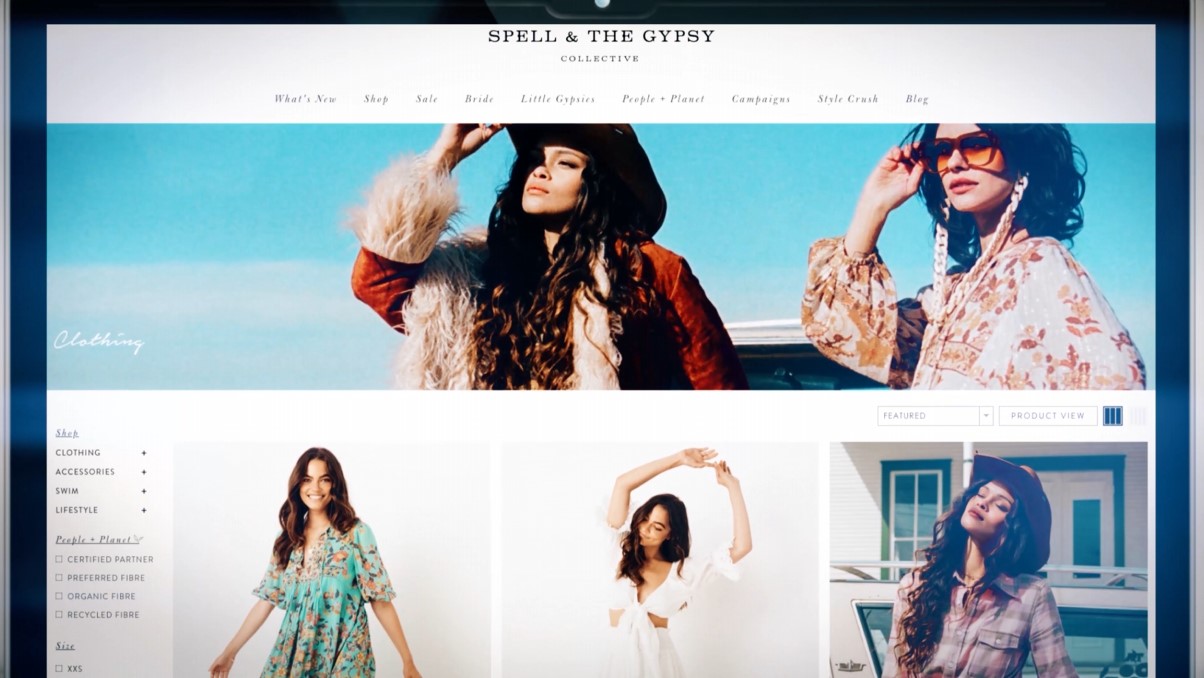
There are also brands out there that aren’t marketed as sustainable or fair trade that are still headed in the right direction. That’s where those apps become so valuable. Maybe a store you love has a B rating. It may not be an A but it’s certainly better than shopping at places with D ratings.
Maybe when we stop feeling guilty or judging others, we might be motivated to make better choices. Someday we will have thousands of sustainable and ethical clothing options that speak to all styles and budgets. I can’t wait but for now I’m sticking to my middle ground! I’ll keep trying to do my best. Like with everything in life, balance is what it’s all about!
There is still so much I could talk about. But I’m going to leave it there for now. If you want to know more about anything, I’ve mentioned today, let me know. That’s it from me. Bye now.
